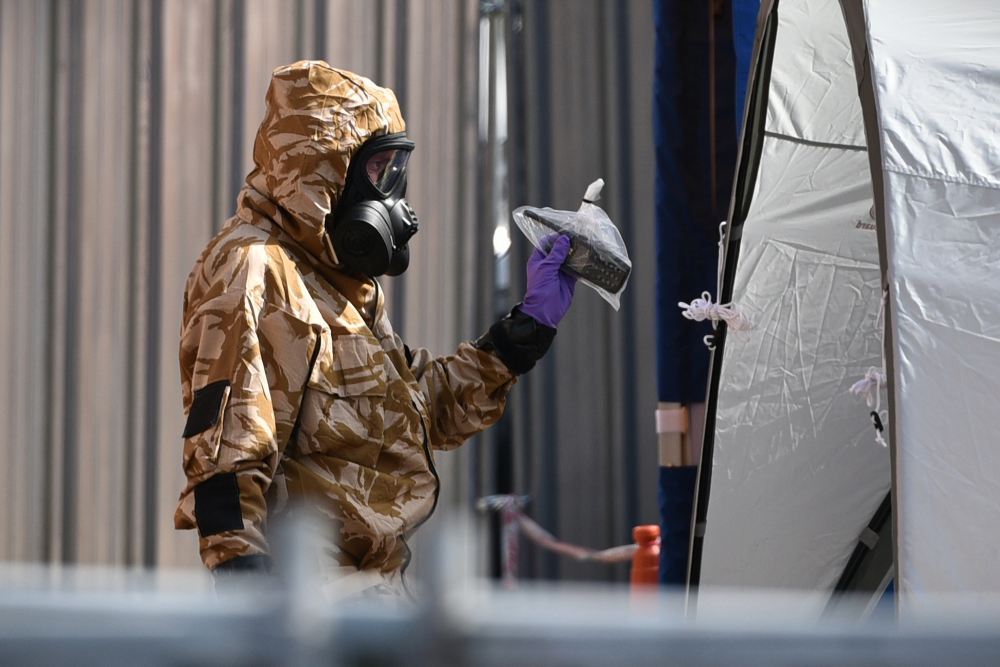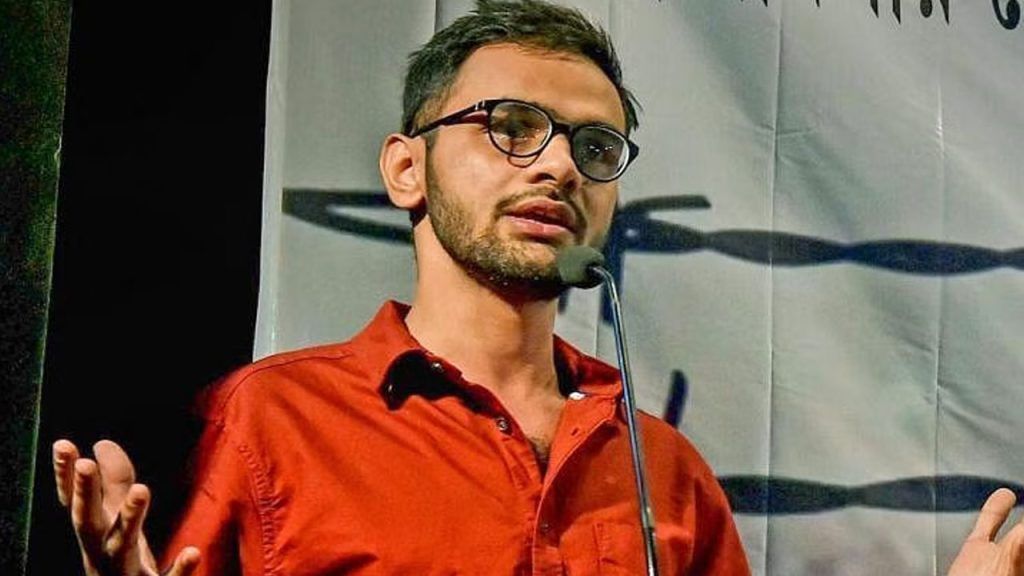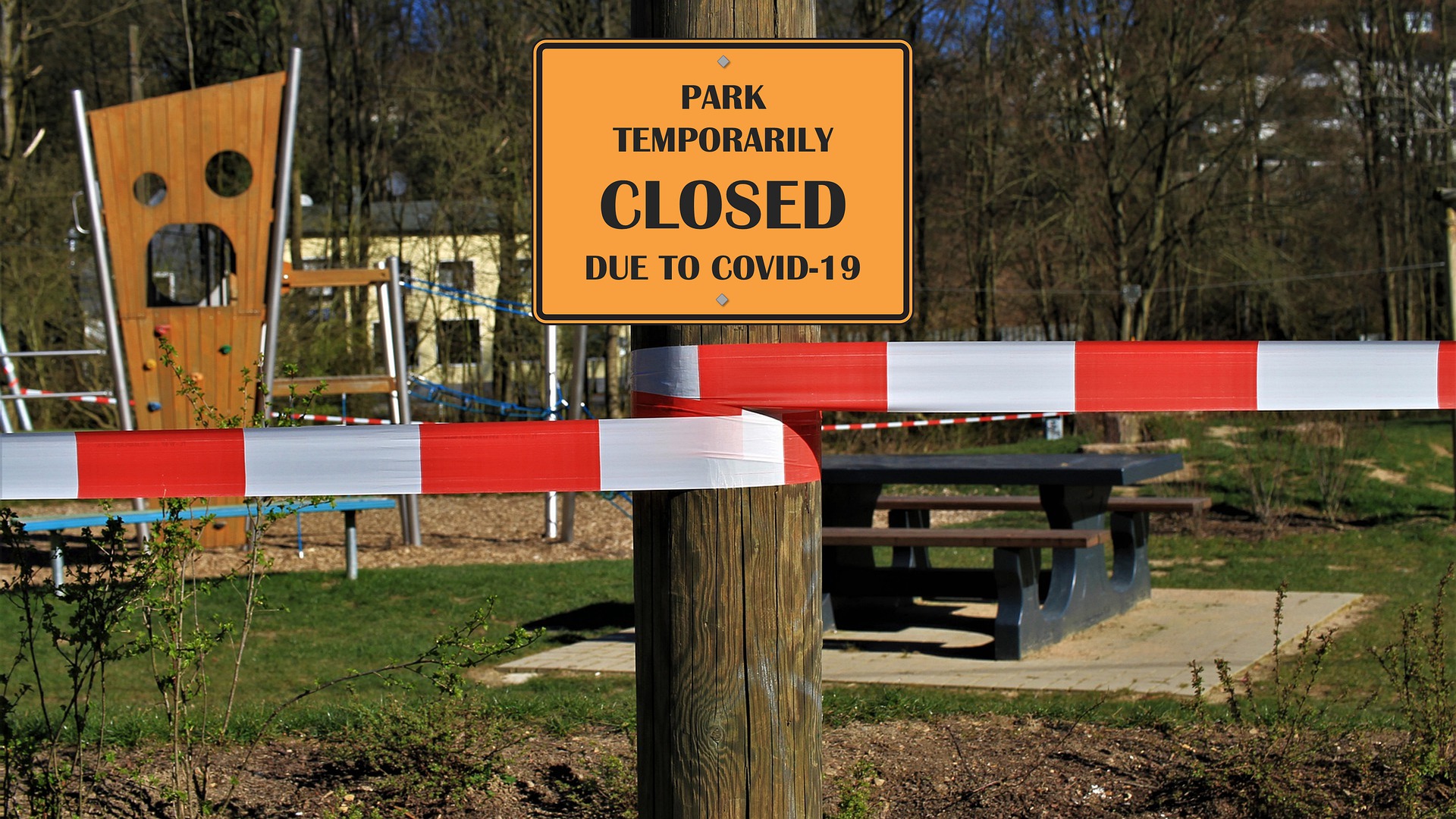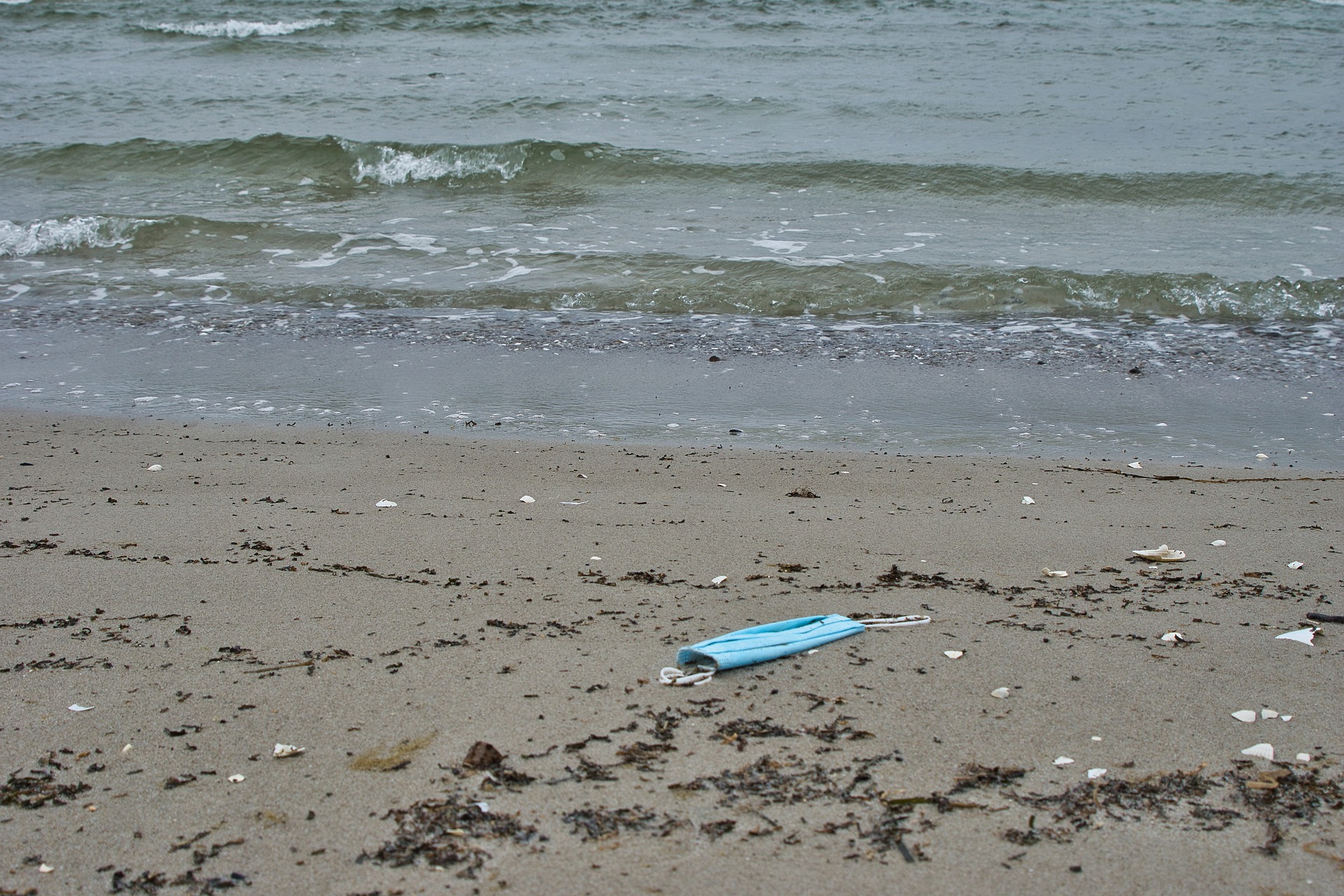In 2018, the Town of Salisbury Came Under Attack from a Deadly Nerve Agent. What is the Resemblance to Corona?
In 2018, a Russian double agent was poisoned by the nerve agent, Novichok.
Both Sergei Skripal and his daughter Yulia Skripal were found poisoned in the town center of Salisbury, after having returned from the airport.
The pair were found on a park bench after having collapsed and losing consciousness. The poisoning went unknown until it was identified in their blood at a later point.
It was thought that Sergei Skripal had committed high treason in allegiance with Britain, and was subsequently poisoned. Both Sergei and his daughter survived, but a further three people were affected and one person died.
Skripal had served as an officer in the Russian army but defected to Britain. Skripal consequently worked as a double agent and was found guilty by Russia in 2006.
Novichok is a nerve agent that stops communication between the brain and body.
Attack Undeniably by Russia
The attack was thought to be undeniably by Russia, and sanctioned by a senior level of the state. This conclusion was made in light of the two suspects being named. It transpired the two suspects were carrying false passports and false names. In reality, they were part of the Russian military.
However, this is not the only attack believed by Russia alone, there have been 13 other occasions according to the BBC.
An Almost Unbelievable Story
What remains incredible about this story that happened two years ago, is the incredibility of such a scenario. An ex-Russian spy living in Salisbury alone is enough to raise eyebrows. That, he defected and was poisoned in the middle of an English town center is almost beyond belief.
The Salisbury Poisonings, a dramatization of the story, which was aired in the UK only in June this year, tells the story so authentically.
The attack alone was tragic enough for the town, but then the implications of the attack meant the town had to eventually shut down.
Who would have foreseen that such a flashback was to happen again for the people of Salisbury? Less than two years later when Coronavirus hit British shores.
The reactions of the town’s inhabitants, portrayed by the BBC drama were intriguing to watch in light of recent events. The reaction within local institutions seemed to be not so different from initial reactions to Covid 19 here in Britain.
Tracy Daszkiewicz, played by Anne Marie Duff in the program, was Director of Public Health for Wiltshire when the poisoning happened.
Newly appointed to the job, Tracy had only been in the job for three months. Yet, Tracy was one of the few and only people who reacted quickly to the situation and fought to close down the town center.
Much Resistance
This was met with much resistance. The police force in particular wanted to neither alarm the public nor overreact. In addition, the police fought to maintain business within the town center. Daszkiewicz was treated unfavorably in her belief to protect the town that had come into contact with a life-threatening poison.
Tracy Daszkiewicz’s belief to react with caution, with PPE and the closing down of the town, is eerily similar to what has been experienced recently. Unfortunately, Tracy stood alone, and similar to the government now, in the response to Covid 19-institutionally, the reaction was slow.
Why was the reaction so slow?
Could it be, that as a society, people are not prepared psychologically for events such as these?
When it was needed most and when the alert was so high, the reaction that followed was the opposite in response. There seems to be a more heralded response to a heavy forecast of snow than life-threatening situations, such as we are experiencing now, and then.
Lack of Measures
What was incredible to watch as events were drawn out in the drama, was the lack of measures that were taken by anybody. There was the Salisbury hospital staff who routinely hijacked the use of PPE, never mind full throttle space suits. There was the wife of the infected policeman, D.S Nick Bailey who entered the scene of the crime-their home. In which, D.S Bailey had probably transferred the deadly agent.
Her instinct was to honor the home they had had as a family, but it was covered in Novichok. She was lucky to come out alive.
There was also the couple who were friends with the Skripals. They had been in contact with the Russian spy and his daughter on return from the airport. Neither of the couples had the inclination to move out of their house. This was even when the husband had picked up Sergei Skripal’s daughter, Sergei from the airport, on the day of the poisoning.
It was not even known how D.S Nick Bailey had transmitted the poison. D.S Bailey had been at the scene of the crime in the city center, but it was not apparent if Bailey had touched any surfaces. D.S Bailey also entered the Skripal home but wore full PPE. Bailey’s face was partly uncovered and perhaps this led to the transmission, but it could have been airborne.
No one, barely anyone wore masks.
In hindsight, it is almost certain the people of Salisbury would have reacted differently. This is after having gone through the life lessons of coronavirus. It is worrying that it has taken something so alien to make it come home.
In the face of evil, the people of Salisbury could not even see sense. Yet now, that some estimated 60,000 lives have gone, people have finally received the message.
The team behind The Salisbury Poisonings wrapped filming the week before lockdown. Who would have known how real the reality of an invisible killer would become?
Psychologically, people were not prepared for coronavirus, like they were not prepared for the poisonings in Salisbury.
But they are now.



 Featured7 months ago
Featured7 months ago


 Featured6 months ago
Featured6 months ago


 Featured4 years ago
Featured4 years ago


 Featured3 years ago
Featured3 years ago


 Featured1 year ago
Featured1 year ago


 Featured2 years ago
Featured2 years ago


 Featured3 years ago
Featured3 years ago


 Featured4 years ago
Featured4 years ago










